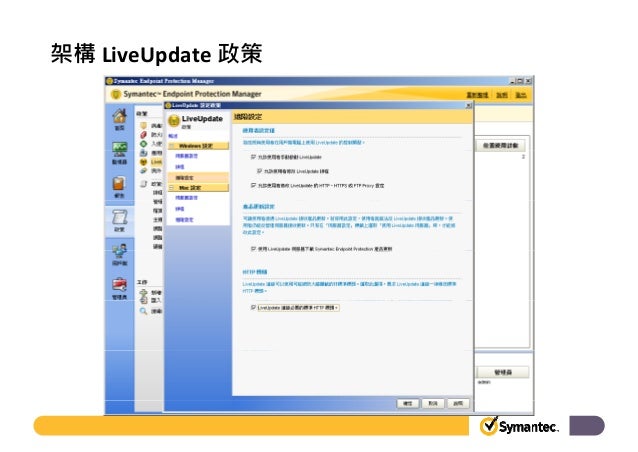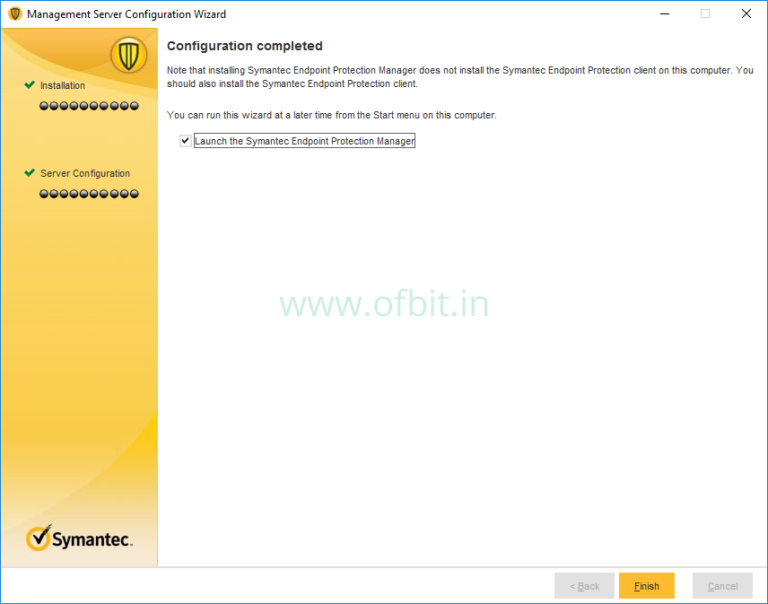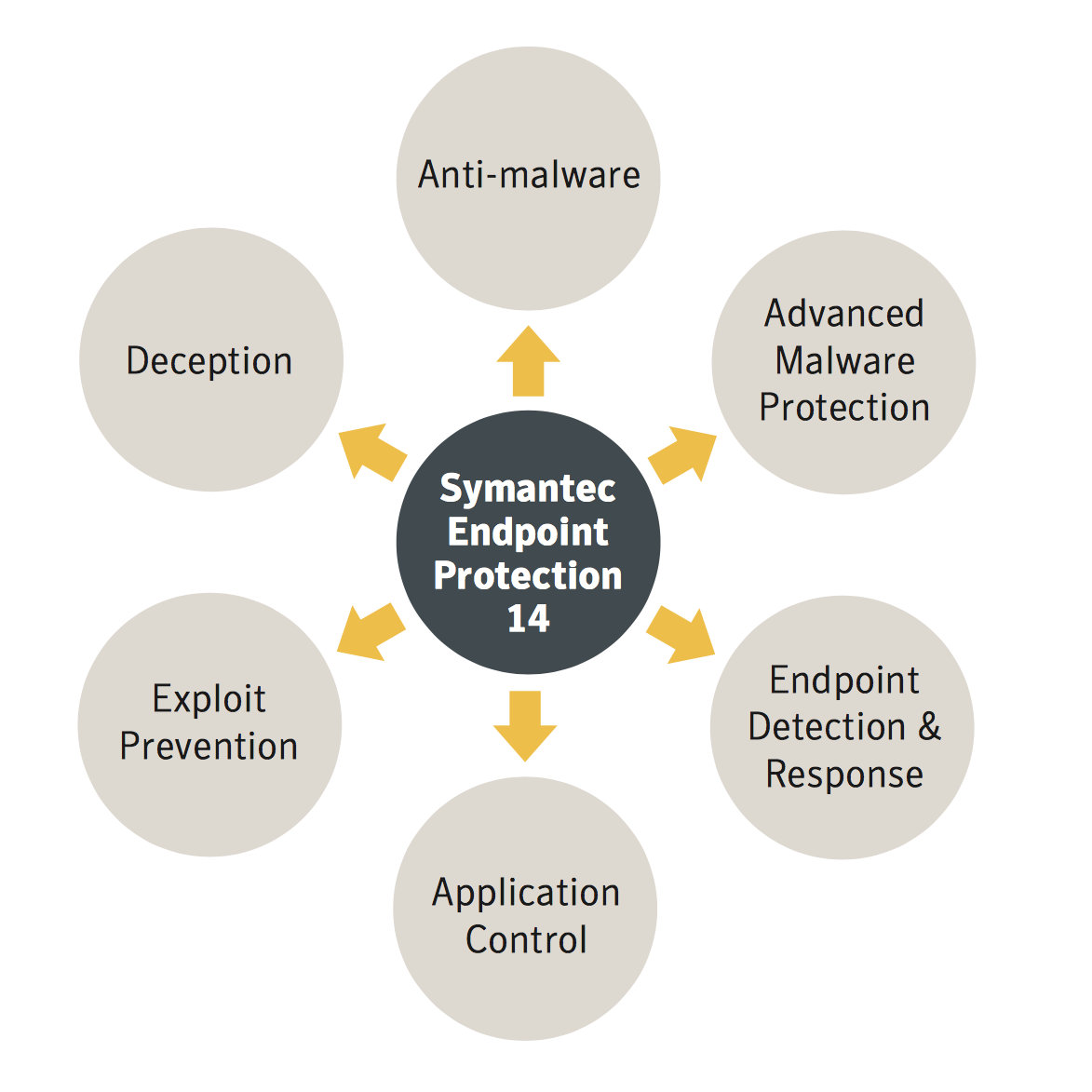

To install the Endpoint Protection client from a command promptĬopy scepinstall.exe from the Client folder of the Configuration Manager installation folder to the computer on which you want to install the Endpoint Protection client software. If necessary, also include a preconfigured antimalware policy or with an antimalware policy that you previously exported. For more information, see Install the Endpoint Protection client from a command prompt. First get the installation file scepinstall.exe. Install the Endpoint Protection client locally on the reference computer from a command prompt. How to install the Endpoint Protection client on the reference computer If you want to install the Endpoint Protection client with the latest definitions, download them from Windows Defender Security Intelligence. You can't export the Default Client Antimalware Policy. After you create the OS image, then use Configuration Manager OS deployment to deploy the image. This computer is typically called the reference computer. Install the Endpoint Protection client on a computer that you intend to use as a disk image source for Configuration Manager OS deployment. How to provision the Endpoint Protection client in a disk image

For more information, see Initiate policy retrieval for a Configuration Manager client. The new deployment is shown in the Deployments tab of the details pane.Ĭlients are configured with these settings when they next download client policy. In the Select Collection dialog box, choose the collection to which you want to deploy the client settings and then click OK. In the Home tab, in the Client Settings group, click Deploy. Select the custom client settings you want to deploy. Next, deploy the custom client settings to a collection. The new client settings are displayed in the Client Settings node of the Administration workspace. (Please note that on SEP 12.1.Install the Endpoint Protection site system role before you configure client settings for Endpoint Protection.Ĭlick OK to close the Create Custom Client Device Settings dialog box. %ALLUSERSPROFILE%\Symantec\Symantec Endpoint Protection\CurrentVersion\inbox %ALLUSERSPROFILE%\Symantec\Symantec Endpoint Protection\inbox

On the SEP client, make sure that the client received the policy change by checking for the existence of the 'inbox' directory as following paths:.In the right pane, under Third Party Management, enable the option "Enable third party content management".

In the LiveUpdate Policy, choose Server Settings in the left pane.Select the group in which the client or clients can be found that need to be updated manually.In the Symantec Endpoint Protection Manager, go to Clients.Check this How to manually update definitions for a managed Symantec Endpoint Protection Client using the.


 0 kommentar(er)
0 kommentar(er)
